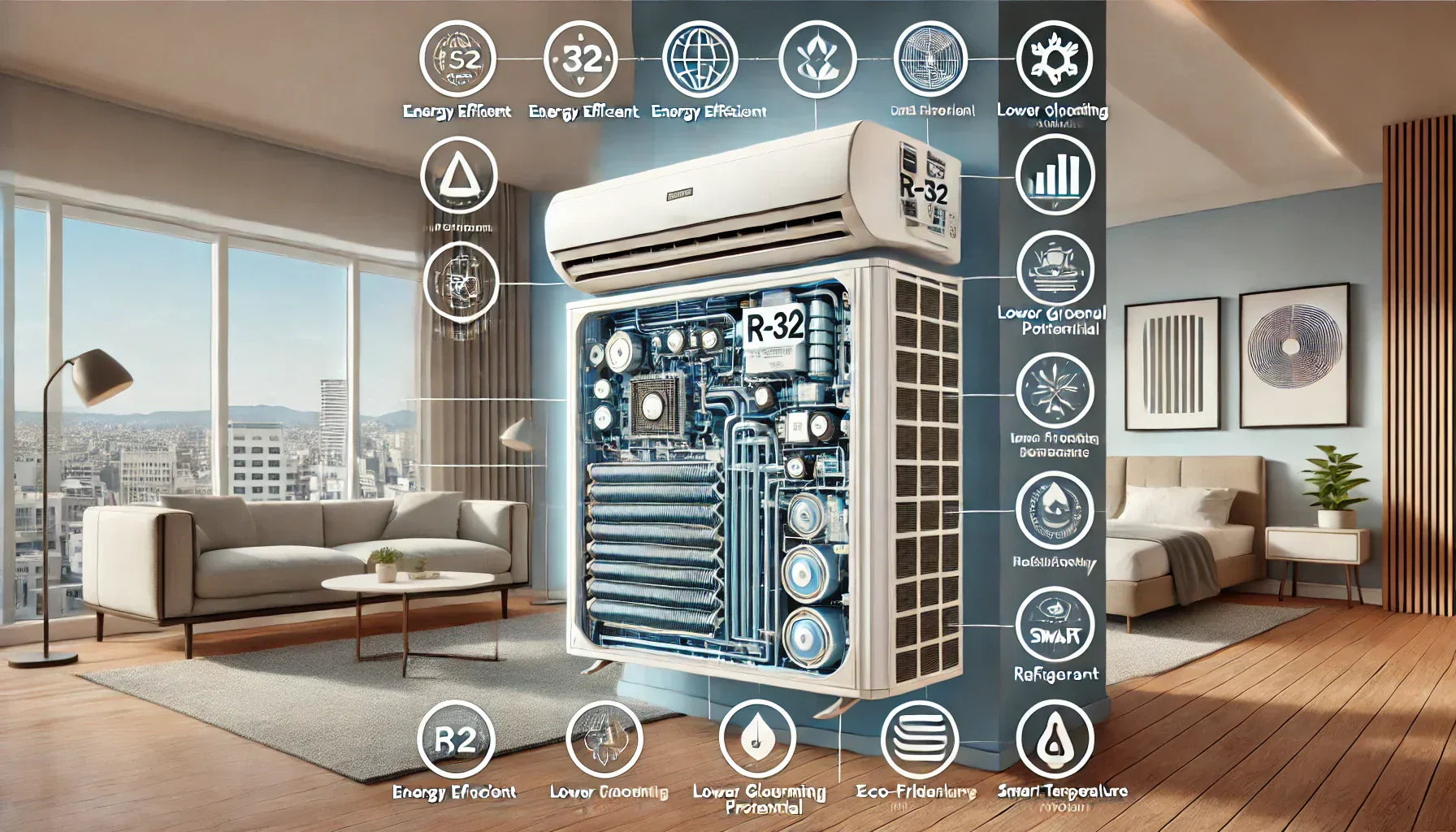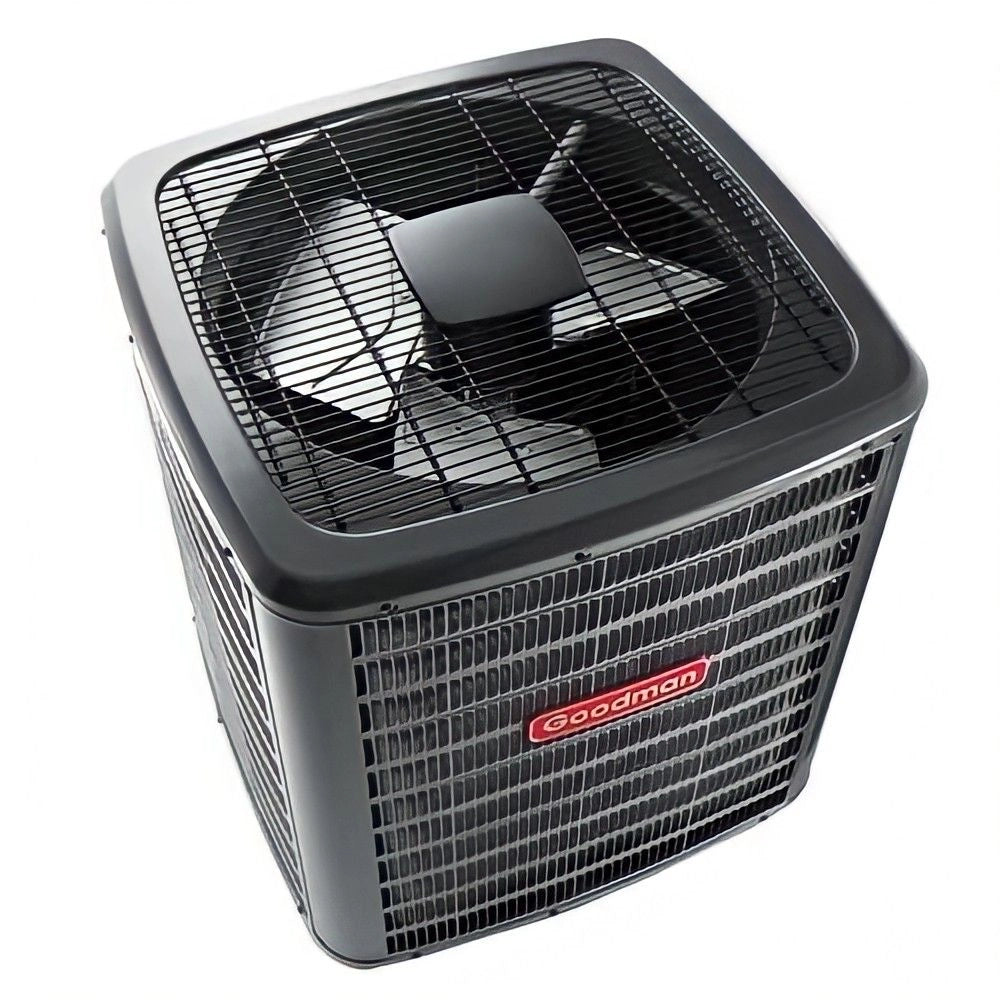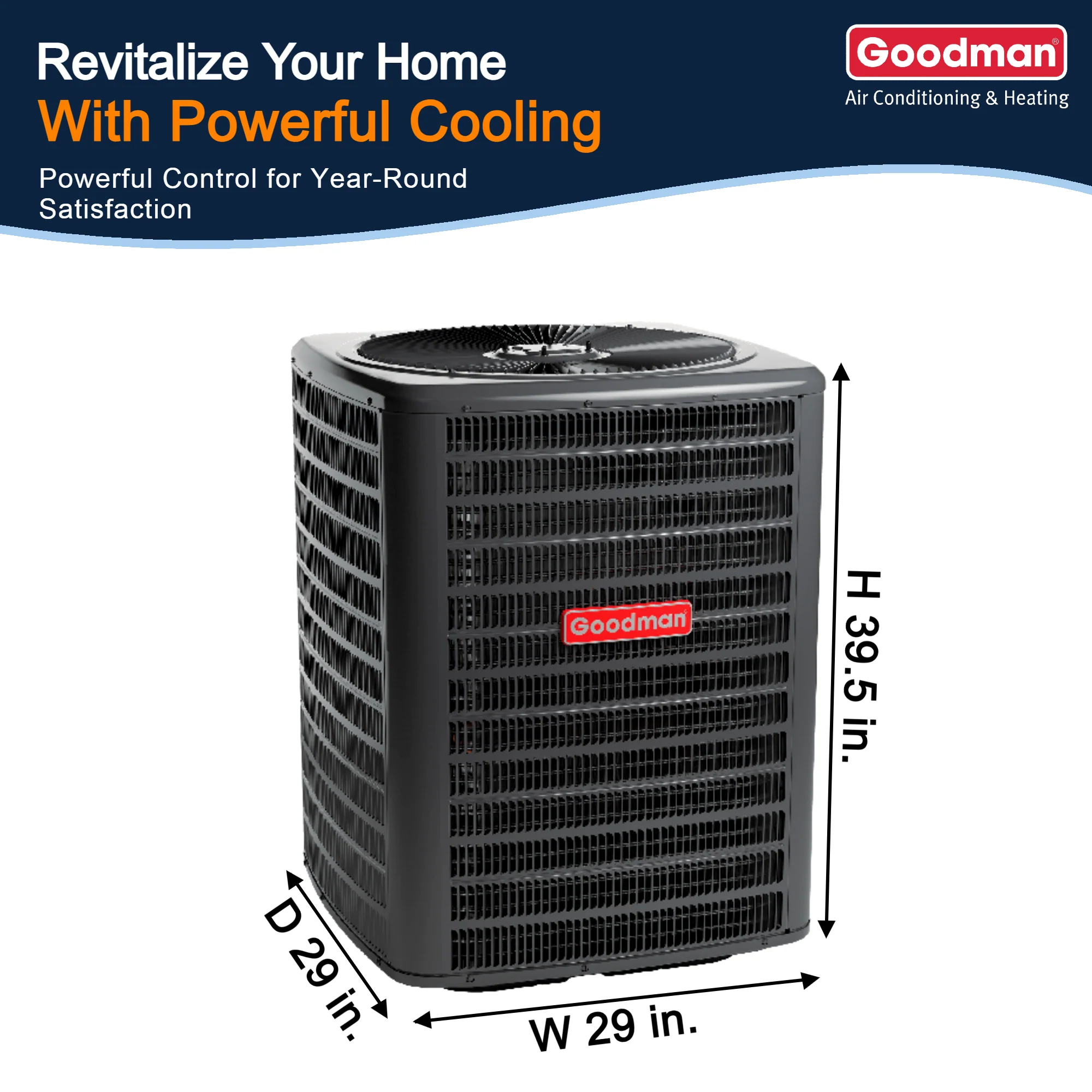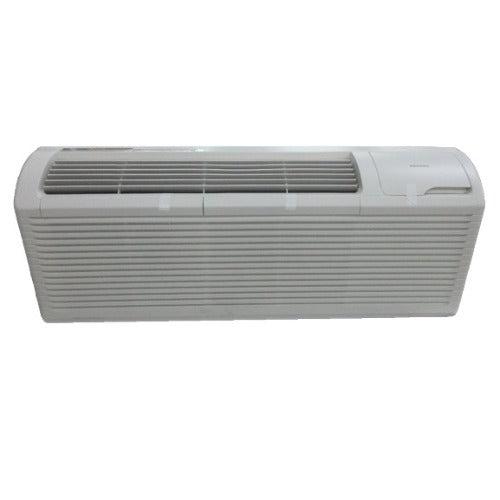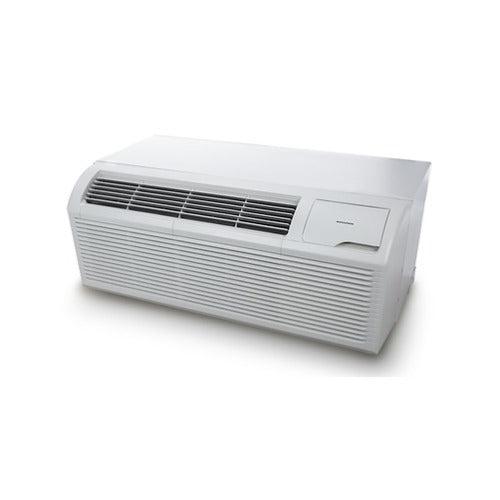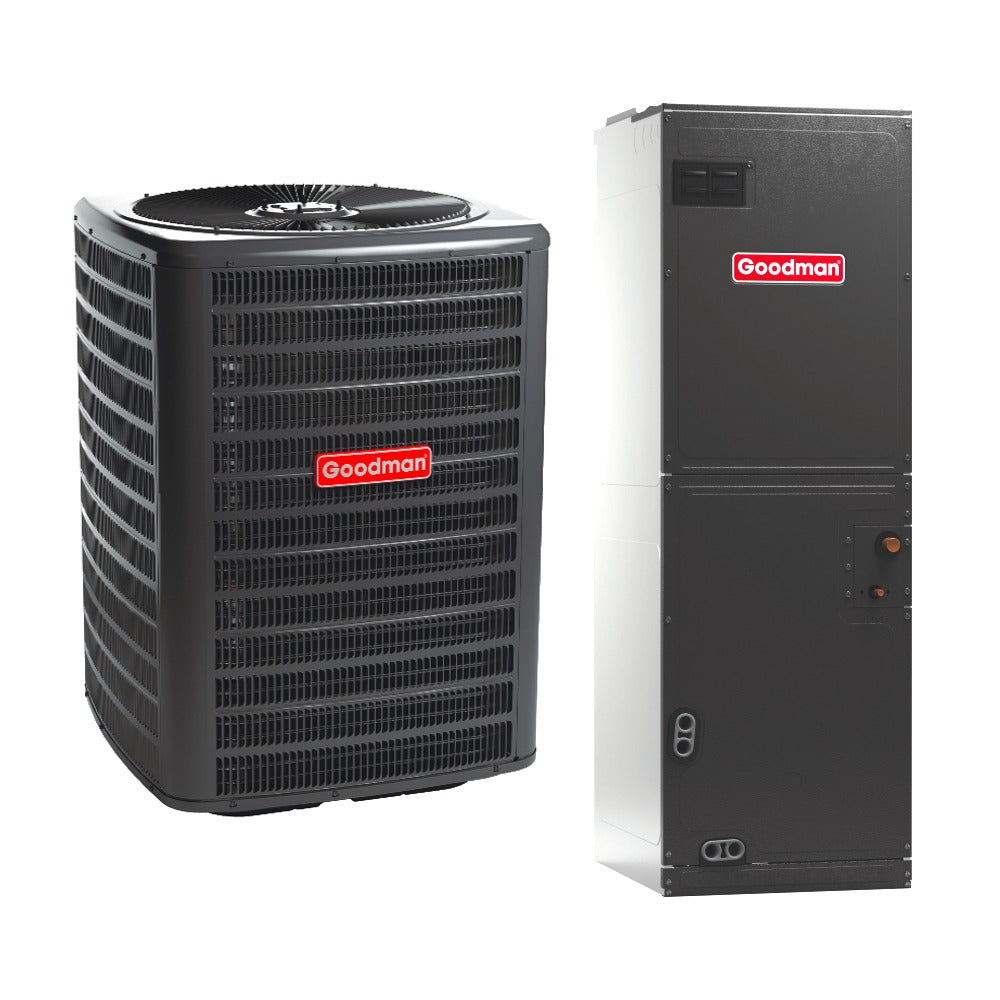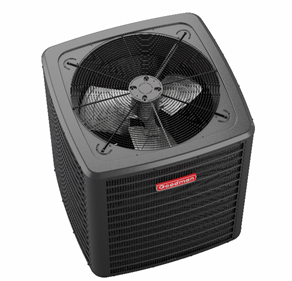Benefits of R-32 PTAC Units
1. Superior Energy Efficiency.
R-32 refrigerant has a higher cooling capacity per gram compared to R-410A, allowing PTAC units to operate more efficiently. This translates to lower energy consumption, reducing monthly utility bills (ASHRAE Efficiency Standards). Additionally, R-32's improved heat transfer properties ensure quicker cooling cycles, reducing strain on compressors and improving longevity. Studies show that R-32-based HVAC systems can cut energy use by up to 15% compared to R-410A.
2. Lower Global Warming Potential (GWP)
R-32 has a GWP of 675, significantly lower than R-410A's 2,088 GWP. By switching to an R-32 PTAC unit, you contribute to reducing carbon emissions and complying with new environmental regulations (EPA Regulations on Refrigerants). Governments worldwide are phasing out high-GWP refrigerants, making R-32 a future-proof choice. Moreover, the lower GWP means less environmental impact per unit leak in case of accidental emissions.
3. Cost Savings on Electricity
Due to its enhanced thermal efficiency, R-32 units require less power to maintain comfortable indoor temperatures. Over time, this results in lower electricity bills, making them a cost-effective choice for property owners and hotel managers. Furthermore, R-32 PTAC systems often qualify for energy efficiency rebates and incentives from utility companies, making the switch financially beneficial in both the short and long term.
4. Extended Lifespan and Lower Maintenance Costs
R-32 PTAC units experience less refrigerant degradation, reducing the need for frequent servicing and repairs. This leads to lower long-term maintenance costs and increased reliability. The improved heat transfer also reduces compressor cycling, meaning the unit operates with less mechanical stress, resulting in a longer lifespan compared to R-410A models. Additionally, R-32 requires lower refrigerant charge amounts, making refilling and maintenance less costly.
5. Better Indoor Air Quality
Many R-32 PTAC models come equipped with advanced filtration systems that help reduce allergens, dust, and mold, contributing to improved indoor air quality. Some models integrate ionizing technology and UV-C sterilization, effectively reducing bacteria and viruses in the air. Since PTAC units are commonly used in hotels, healthcare facilities, and multi-family residences, ensuring clean air circulation is a significant benefit for occupant health and safety. Investing in an R-32 PTAC unit not only saves on energy but also enhances the overall living and working environment.

